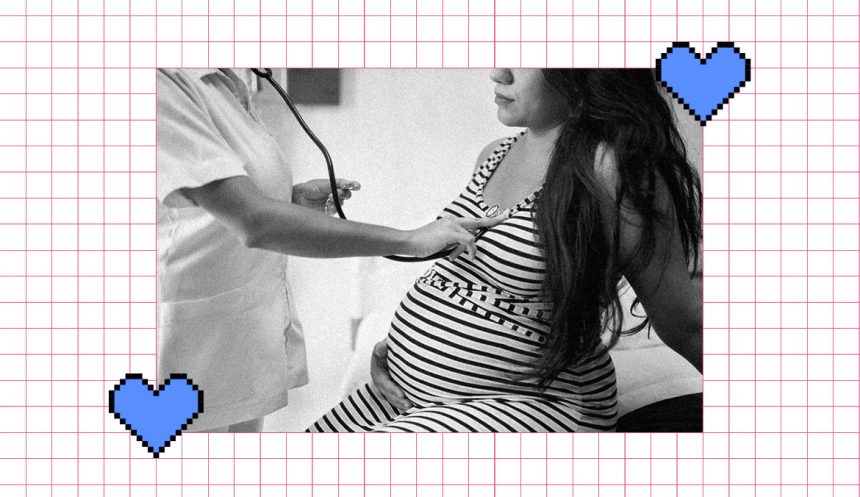As a mother of two, I had always thought that a third pregnancy would be a walk in the park, even though it had been 10 years since my last pregnancy. My first two pregnancies went smoothly, with the only issues being early contractions with my first and some sciatic nerve pain with my second. So when I got pregnant with my third child in 2020, I was completely unprepared for the heart palpitations, shortness of breath, and fainting spells I experienced during my second trimester.
During this pregnancy, I discovered something about my body that I had never known before – I had a hole in my heart that had gone undetected for my whole life. These symptoms were initially attributed to typical pregnancy side effects, as I had never experienced them in previous pregnancies. I was diagnosed with gestational diabetes at 15 weeks, which prompted me to start monitoring my blood sugar levels closely.
However, despite making healthy changes to my lifestyle and blood sugar levels normalizing, I continued to experience unusual heart issues. My concerns were dismissed by my care team for two months until I had a frightening incident at 22 weeks where my heart rate spiked while in the ER.
After this incident, I was finally taken seriously, and was referred to a cardiologist who performed several tests to reveal that I had a heart murmur and a 1/4-inch hole in my heart. This rare diagnosis meant that my pregnancy had an added layer of risk.
I was flooded with information about my condition and was informed that I required an extra level of care during my pregnancy, birth, and postpartum. This was a shock to me, and I immediately began making lifestyle changes. I reevaluated my diet, reevaluated my exercise routine, tried to reduce my stress, and also thought about worst-case scenarios for my pregnancy and birth.
It was determined that due to the size of the hole and the lack of immediate threats to my health or my baby, I did not require surgery or medication. However, I had to continue to be closely monitored by my care team, and a cardiologist had to be present at my birth.
After my diagnosis, I made four significant lifestyle changes recommended by my care team. I reviewed my diet, re-evaluated my exercise routine, tried to reduce my stress, and planned ahead and thought about worst-case scenarios.
I had to re-evaluate my diet and make it more heart-healthy by incorporating fresh produce, leafy greens, fruit, fresh fish, and nuts and avocado. I also reconsidered my exercise routine by choosing safer locations for my walks and taking up prenatal yoga and spontaneous forms of movement. Additionally, I tried to reduce my stress by attending special breathing classes and Lamaze classes and planned ahead for worst-case scenarios.
So, despite the risks posed by my rare diagnosis, I made these lifestyle changes to ensure a smooth and healthy pregnancy and birth.





